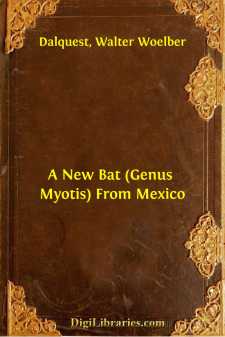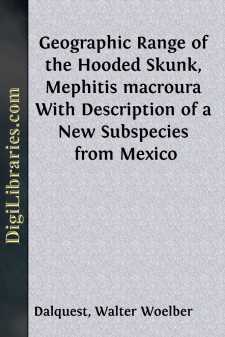Categories
- Antiques & Collectibles 13
- Architecture 36
- Art 48
- Bibles 22
- Biography & Autobiography 813
- Body, Mind & Spirit 142
- Business & Economics 28
- Children's Books 17
- Children's Fiction 14
- Computers 4
- Cooking 94
- Crafts & Hobbies 4
- Drama 346
- Education 46
- Family & Relationships 57
- Fiction 11829
- Games 19
- Gardening 17
- Health & Fitness 34
- History 1377
- House & Home 1
- Humor 147
- Juvenile Fiction 1873
- Juvenile Nonfiction 202
- Language Arts & Disciplines 88
- Law 16
- Literary Collections 686
- Literary Criticism 179
- Mathematics 13
- Medical 41
- Music 40
- Nature 179
- Non-Classifiable 1768
- Performing Arts 7
- Periodicals 1453
- Philosophy 64
- Photography 2
- Poetry 896
- Political Science 203
- Psychology 42
- Reference 154
- Religion 513
- Science 126
- Self-Help 84
- Social Science 81
- Sports & Recreation 34
- Study Aids 3
- Technology & Engineering 59
- Transportation 23
- Travel 463
- True Crime 29
Walter Woelber Dalquest
Walter Woelber Dalquest (1917–2000) was an American zoologist and paleontologist known for his contributions to mammalogy and the study of fossil mammals. He authored several books and numerous scientific papers, particularly focusing on the mammals of North America, including those from the Pleistocene epoch. Dalquest was a professor at Midwestern State University in Texas, where he spent much of his career conducting research and mentoring students. His work is highly regarded in the fields of zoology and paleontology, particularly for his studies on small mammals and their evolutionary history.
Author's Books:
Sort by:
Cynarctus fortidens new species Holotype.—Right maxilla bearing P3, P4, and M1, No. 11353 KU; bluff on west side of Turkey Creek, approximately 75 feet above stream, Raymond Farr Ranch, Center NE, NE, S. 48 Blk. C-3, E. L. and R. R. Ry. Co., Donley County, Texas [approximately 6.5 miles north and 1 mile east of Clarendon], Clarendon fauna, Early Pliocene age. Obtained by W. W. Dalquest, on June 25,...
more...
While one of us (Dalquest) was in a dugout canoe that was being paddled up a small unnamed tributary of the Rio Coatzacoalcos, through dense jungle, he grasped a decayed and termite damaged tree-trunk projecting approximately three feet above the surface of the water to steady the canoe. At that instant two bats were detected in one of the many small holes in the trunk, which was eight to nine inches...
more...
Four nominal species of the genus Pipistrellus are currently recognized in North America. They are (F. Cuvier) of eastern North America, (H. Allen) of western North America, (Ward) from Veracruz, Mexico, and Miller from Tabasco, Mexico.In the past three years, specimens have been obtained in Veracruz (by Dalquest) of each of the southern species. One of these, P. cinnamomeus, previously was known from...
more...
On January 23, 1946, two pocketed free-tailed bats (Tadarida femorosacca, Catalogue nos. 17852 and 17853) were obtained in a large cave 10 kilometers north-northeast of the village of Antiguo Morelos, in the state of Tamaulipas, Mexico. This extends the known range of this species to the Atlantic Slope and more than 300 miles to the northeast of Zacoalco, Jalisco, the only locality in central Mexico...
more...
The hooded skunk, Mephitis macroura Lichtenstein, can be distinguished from the only other species in the genus, Mephitis mephitis Schreber, by the larger tympanic bullae, in the white-backed color phase by having some black hairs mixed with the white hairs of the back, and in the black-backed phase by having the two white stripes widely separated and on the sides of the animal instead of narrowly...
more...






